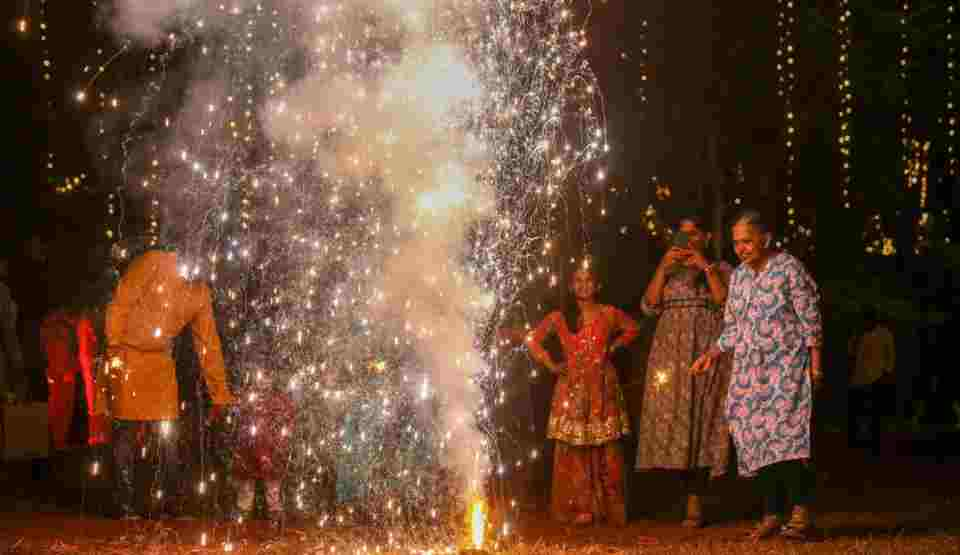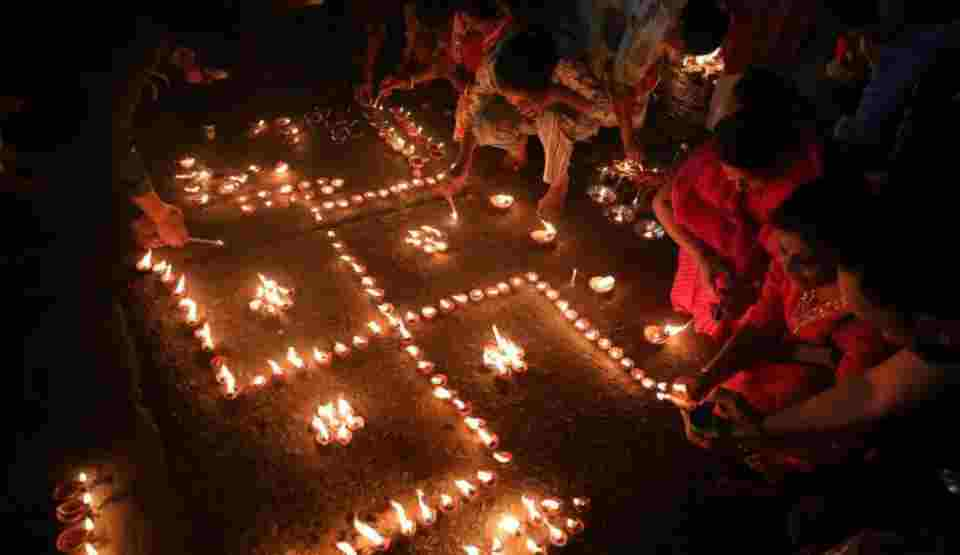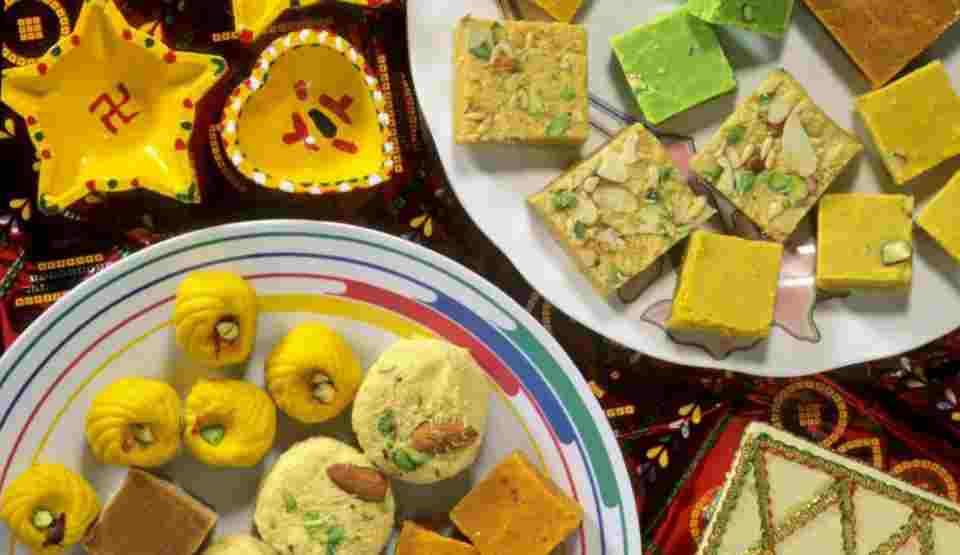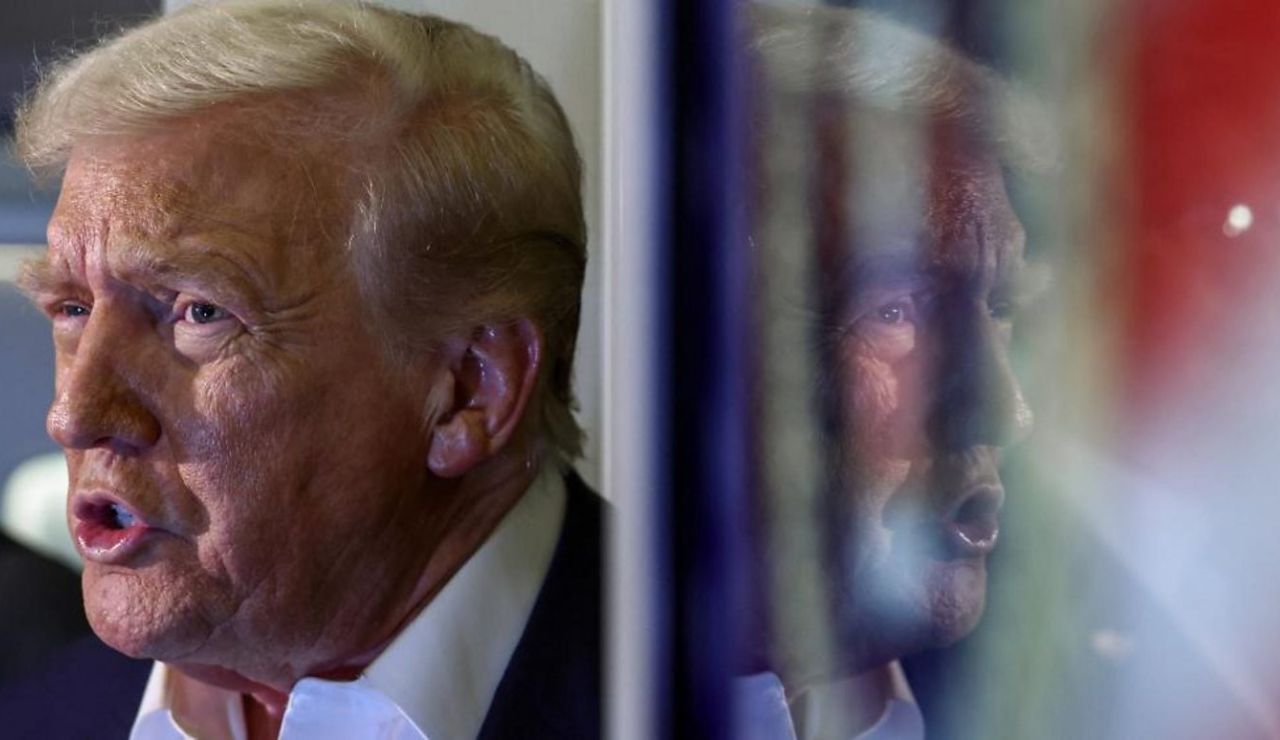Millions of people across India and UK are immersed in the joyous celebrations of Diwali, one of Hinduism’s most sacred and widely observed festivals. Known as the festival of lights, Diwali transforms the entire nation into a sparkling spectacle as homes, streets, and public spaces glow with the warm radiance of traditional oil lamps and modern decorations.

The Environmental Challenge
While the festival brings immense joy and cultural significance, it also presents serious environmental challenges. The widespread use of lamps and firecrackers, though integral to traditional celebrations, significantly exacerbates air pollution levels throughout the country. This problem becomes particularly acute in northern India, where air quality already deteriorates dramatically during winter months due to various factors including crop burning, vehicle emissions, and weather patterns that trap pollutants.
New Supreme Court Ruling on Firecrackers
In a significant policy shift this year, India’s Supreme Court has authorized the sale and use of so-called “green crackers” in the nation’s capital, Delhi. This decision effectively ends a comprehensive ban on firecrackers that had been implemented in 2020 in an effort to combat the capital’s notorious air pollution crisis.
These “green crackers” are marketed as a more environmentally friendly alternative, with manufacturers claiming they produce 20 to 30 percent less pollution compared to conventional firecrackers. However, environmental activists and air quality experts have expressed considerable skepticism about these claims, questioning whether these modified fireworks genuinely offer meaningful protection for the environment or represent merely a superficial solution to a complex problem.
The Enforcement Challenge
In recent years, multiple Indian states have introduced restrictions or outright bans on firecrackers to address the growing air pollution crisis. Despite these regulations, enforcement remains weak and inconsistent. The rules are frequently ignored or violated, with many people continuing to use traditional firecrackers. This widespread non-compliance typically results in a dramatic spike in air pollution levels in the days immediately following Diwali, undermining the intended health and environmental benefits of the restrictions.

Beyond the Fireworks: The Heart of Diwali
While firecrackers often dominate headlines, Diwali encompasses far more profound cultural and social traditions. Food stands as one of the festival’s most cherished elements, serving as both a culinary celebration and a means of strengthening community bonds.
Culinary Traditions
Families across India dedicate considerable time and effort to preparing an extensive array of traditional Indian sweets, known as mithai. These delicacies, ranging from milk-based confections like barfi and gulab jamun to fried treats like jalebi, are lovingly shared with friends, neighbors, and relatives as expressions of goodwill and affection.
Festive meals during Diwali are elaborate affairs featuring rich, aromatic curries, an assortment of savory snacks such as samosas and pakoras, and special breads including puris and parathas. These feasts bring families together and showcase the regional diversity of Indian cuisine, with different parts of the country featuring their own unique traditional dishes.
Preparation and Traditions
The festival preparation begins well before Diwali day itself. In the days and weeks leading up to the celebration, households undergo thorough cleaning and renovation in a practice that symbolizes the removal of negativity and the welcoming of prosperity. Homes are then adorned with colorful decorations, strings of lights, and traditional oil lamps called diyas.
Shopping becomes a major activity during this period, with people purchasing new clothes for family members, traditional sweets to serve and gift, and various decorative items. The exchange of gifts and sweets strengthens social bonds and reinforces community connections.
Rangoli and Religious Observance
A particularly beautiful Diwali tradition involves creating intricate rangoli designs outside doorways and in courtyards. These colorful patterns, made from materials such as colored powders, rice, flower petals, or sand, are believed to invite good luck, positivity, and prosperity into the home. Each design reflects artistic creativity and often incorporates traditional symbols and motifs.
On Diwali night itself, families perform special prayers and rituals dedicated to Lakshmi, the Hindu goddess of wealth and prosperity. Homes are kept brightly lit throughout the evening, as it is believed that the goddess visits well-illuminated homes to bestow blessings.
A Festival Beyond Religious Boundaries
While rooted in Hindu tradition, Diwali’s appeal extends far beyond religious boundaries. The festival has evolved into a truly inclusive celebration that attracts participation from people of various communities, faiths, and backgrounds throughout India. This universal appeal reflects Diwali’s fundamental themes of light triumphing over darkness, good prevailing over evil, and knowledge dispelling ignorance—messages that resonate across cultural and religious lines.
Economic Impact
The festival generates enormous economic activity throughout the country. In the weeks surrounding Diwali, markets and shopping districts in cities and towns across India bustle with unprecedented activity. Shoppers throng to purchase sweets, gifts, new clothes, home decorations, electronics, jewelry, and firecrackers, creating one of the year’s biggest retail seasons. This consumer spending provides a substantial boost to India’s economy, benefiting businesses ranging from small family-owned sweet shops and local craftspeople to large retailers and e-commerce platforms. The Diwali shopping season has become so significant that many businesses depend on it for a substantial portion of their annual revenue, making it comparable to holiday shopping seasons in other parts of the world.RetryClaude can make mistakes.






